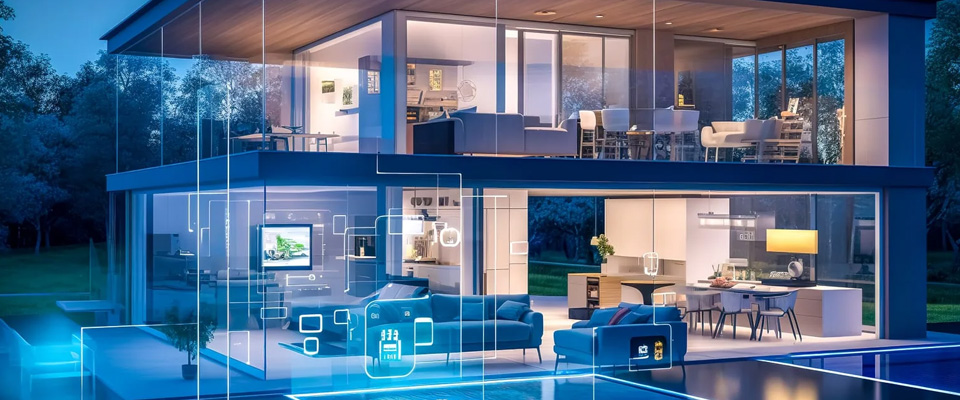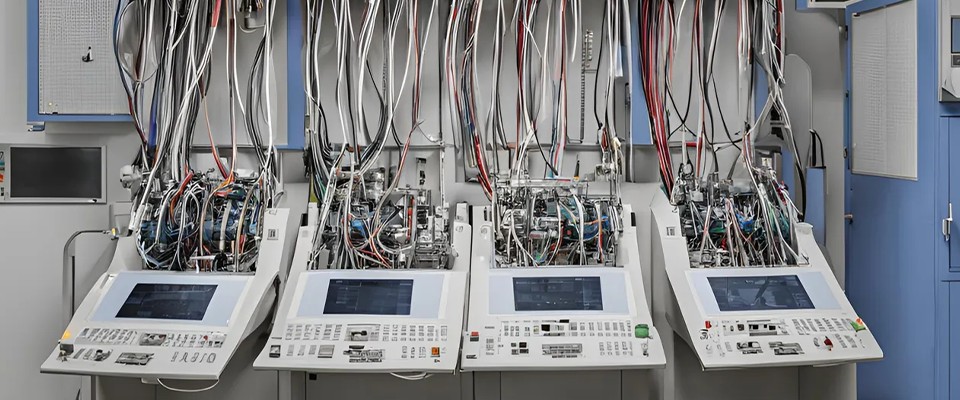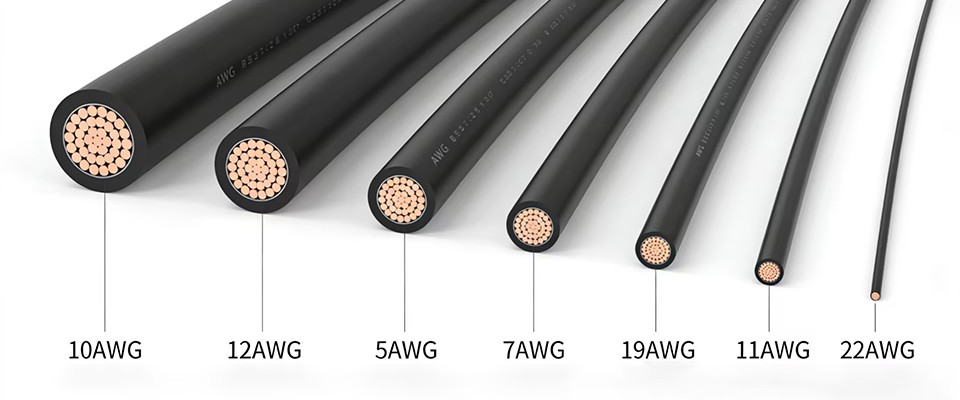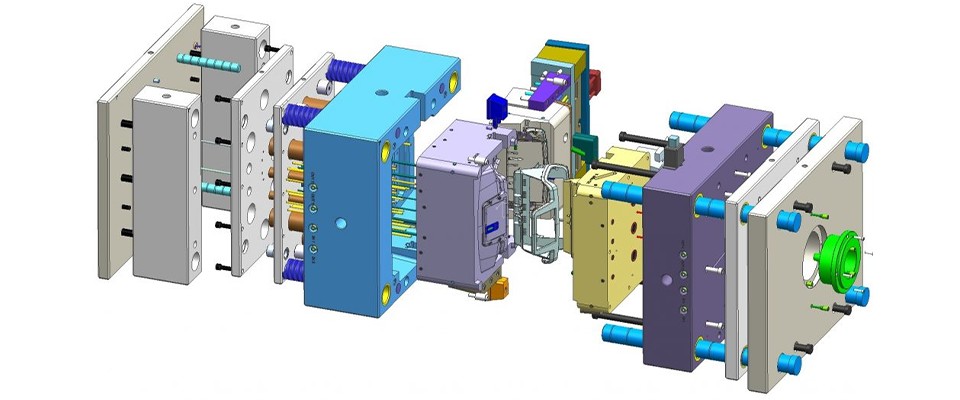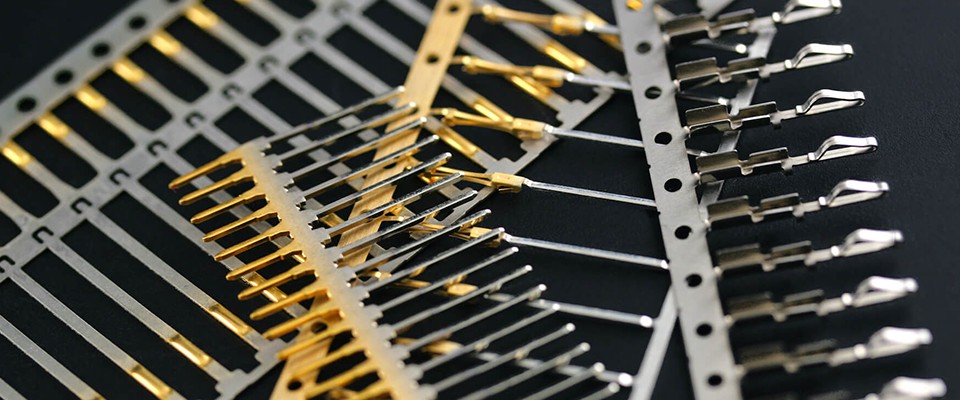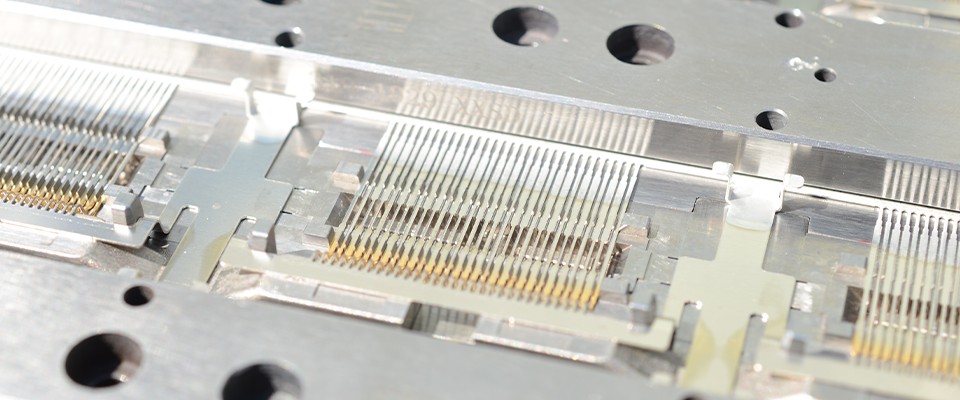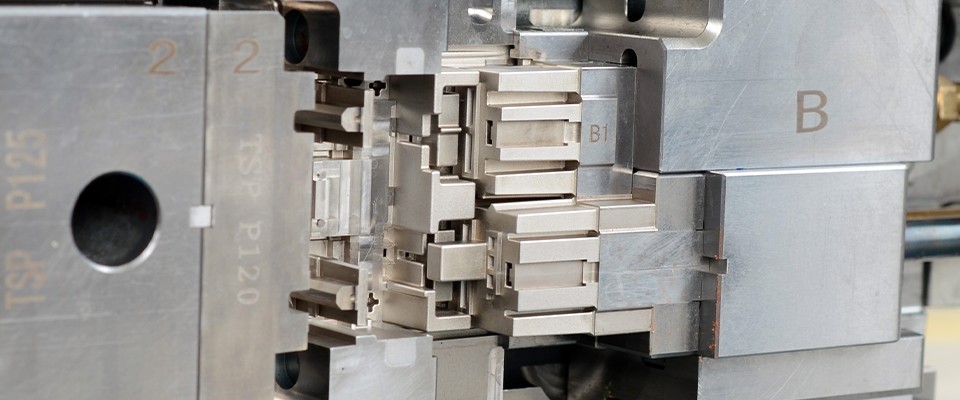The rapid advancement of smart lighting systems has transformed the way we interact with lighting, offering increased energy efficiency, enhanced user experience, and greater control. These systems are revolutionizing residential, commercial, and urban spaces, providing automated and adaptive lighting that responds to user needs. At the heart of these systems lies reliable connection solutions—ensuring seamless power and data transmission. This article explores the importance of connection solutions in optimizing smart lighting systems’ performance, stability, and scalability.
Current Trends and Challenges in Smart Lighting Systems
The global smart lighting market is growing rapidly, driven by the demand for energy-efficient, cost-effective, and user-friendly solutions. Smart lighting systems typically consist of sensors, control units, actuators, and connectors, all working in harmony to deliver optimal performance.
However, several challenges exist in deploying smart lighting systems, such as:
Connectivity Issues
Ensuring stable and reliable communication between devices.
Data Transfer Speed
Fast and efficient data transfer is critical for responsive lighting control.
Compatibility
Integrating various devices and technologies, including different protocols and standards.
To overcome these challenges, it is crucial to have connection solutions that offer high data transfer speeds, reliable connectivity, and scalability. Connectors are at the core of these systems, enabling the seamless flow of both power and data between devices.
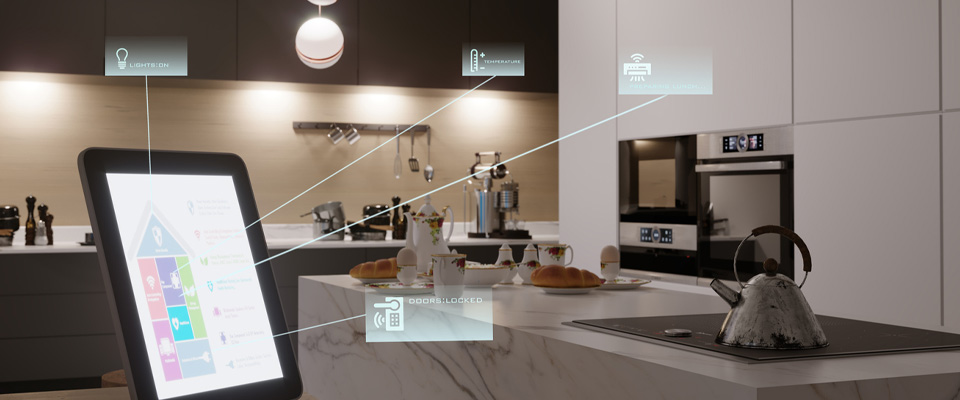
The Role of Connection Solutions in Smart Lighting Systems
Connectors are essential components in smart lighting systems. They facilitate the transfer of both electrical power and data, ensuring the proper operation of all devices within the system. Key roles of connectors in smart lighting include:
Efficient Power and Data Transmission
High-performance connectors ensure that power is delivered to lighting fixtures while enabling data to be transmitted between sensors, controllers, and lighting elements.
Real-Time Communication and Control
Connectors support communication between devices, enabling real-time control, such as dimming, color adjustments, and adaptive lighting scenarios.
Reliability and Longevity
TSP’s connection solutions are designed for durability and can withstand the wear and tear of frequent use, ensuring that the system operates continuously without disruptions.
TSP’s connector solutions are optimized for smart lighting, with features such as high-speed data transmission, high current handling, and resistance to environmental factors like moisture, dust, and temperature extremes.
Wired vs. Wireless Connections in Smart Lighting Systems
When it comes to connection solutions for smart lighting, both wired and wireless technologies have their merits. Understanding the differences can help in selecting the most appropriate solution for a specific application.
Wired Connections
Traditionally, wired connections have been favored for their reliability and stable power delivery. They are typically used in environments where consistent power is needed, such as street lighting or large commercial spaces.
Advantages
More stable and secure, suitable for high-power applications.
Challenges
Installation can be more complex, and the system may require more maintenance.
Wireless Connections
Wireless technologies, such as Zigbee, Wi-Fi, and Bluetooth, are gaining traction in smart lighting systems, especially in residential or smaller commercial installations.
Advantages
Flexible installation, scalability, and easier integration with IoT devices.
Challenges
Limited range, potential for interference, and lower power capacity compared to wired solutions.
TSP’s connection solutions cater to both wired and wireless applications, offering products that provide reliable performance regardless of the connection method. Whether using high-performance connectors for wired installations or wireless modules for flexibility, TSP ensures efficient communication within the system.
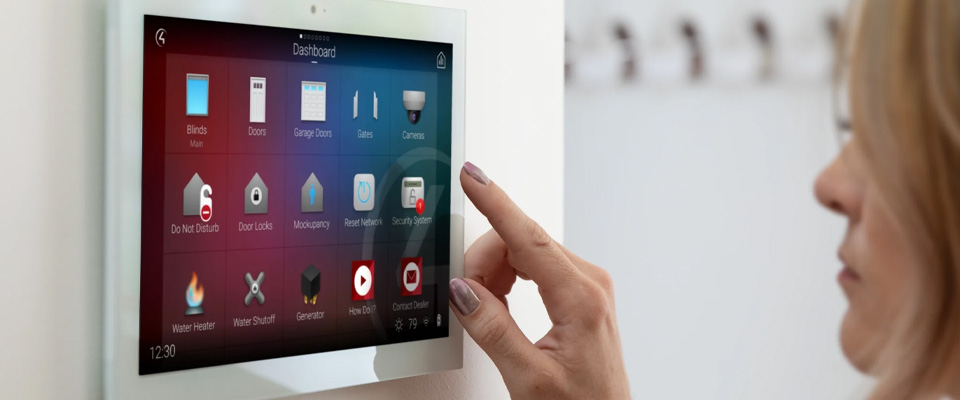
TSP’s Innovative Connection Solutions for Smart Lighting
TSP is at the forefront of providing innovative connection solutions for smart lighting systems. With a focus on high-speed data transmission, power handling capacity, and long-term durability, TSP’s connectors help optimize the performance of smart lighting systems.
Compact Design
TSP connectors are designed to be space-efficient, enabling easy installation in tight spaces, such as within light fixtures or control units.
High Power Capacity
TSP’s connectors can handle the high power demands of smart lighting, ensuring stable performance in high-intensity environments.
Environmental Resistance
Designed to withstand temperature fluctuations, humidity, and exposure to dust or chemicals, TSP’s connector solutions are built for longevity.
TSP’s connectors are integral to key features of smart lighting, including remote control, dimming, and scene-switching, providing smooth communication between devices for enhanced functionality.
Case Studies: TSP’s Connection Solutions in Smart Lighting Applications
TSP’s connection solutions have been successfully implemented in various smart lighting projects across residential, commercial, and urban environments. These case studies highlight how TSP’s products contribute to the efficiency, reliability, and performance of smart lighting systems.
Smart Homes
In home automation, TSP’s connectors facilitate the seamless integration of smart lighting systems with other IoT devices, allowing homeowners to control their lights via voice commands, apps, or motion sensors.
Commercial Lighting
For large commercial spaces, TSP provides connectors that support advanced lighting control, including automated dimming based on natural light levels or occupancy.
Urban Street Lighting
In cities, TSP’s high-performance connectors are used to connect street lamps to smart city networks, enabling real-time monitoring, energy savings, and adaptive lighting based on traffic conditions.
These projects demonstrate how TSP’s connection solutions help optimize the performance and efficiency of smart lighting systems, driving innovation in the lighting industry.
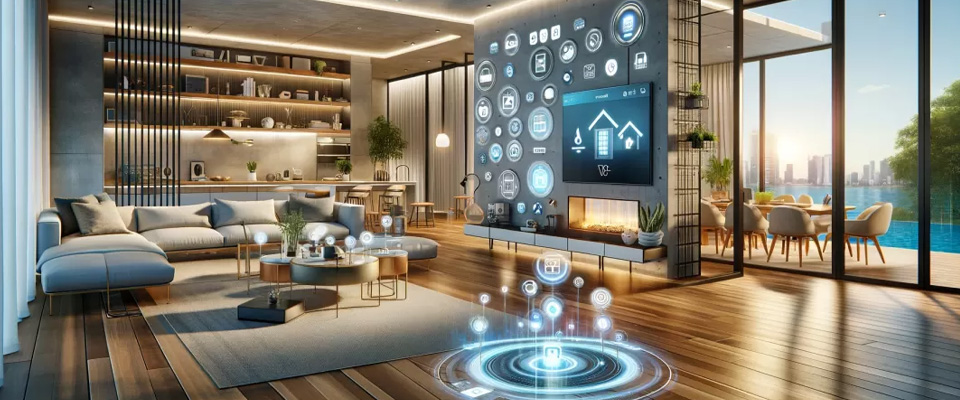
Future Outlook: The Evolution of Connection Technology in Smart Lighting
As smart lighting systems evolve, the demand for advanced connection solutions will increase. With the rise of the Internet of Things (IoT) and artificial intelligence (AI), future smart lighting systems will require even more sophisticated connectivity to enable intelligent control and integration across multiple platforms.
Integrated Connection Solutions
Future smart lighting systems will likely rely on integrated solutions that combine both power and data transmission into a single system.
AI-Powered Lighting Control
AI will enable smart lighting systems to adjust based on real-time data, optimizing energy usage and enhancing user comfort.
Smart Home Ecosystems
Smart lighting will become increasingly integrated into broader smart home ecosystems, with seamless communication between lights, thermostats, security systems, and other devices.
TSP is committed to staying ahead of these trends, continuously improving its connector solutions to meet the evolving needs of the smart lighting industry.
Conclusion
In conclusion, connection solutions are vital to the success of smart lighting systems, enabling efficient power and data transmission, ensuring system reliability, and supporting advanced control features. TSP’s innovative connectors are helping to drive the future of smart lighting by offering durable, high-performance solutions that enhance system performance. As the demand for smart lighting continues to grow, TSP is poised to play a leading role in delivering the connection technologies that will power the next generation of intelligent lighting systems.
Call to Action (CTA)
If you’re looking to optimize your smart lighting system with reliable connection solutions, TSP is here to help. Contact us today to learn more about our connector solutions and how they can enhance the performance, efficiency, and scalability of your smart lighting systems.

